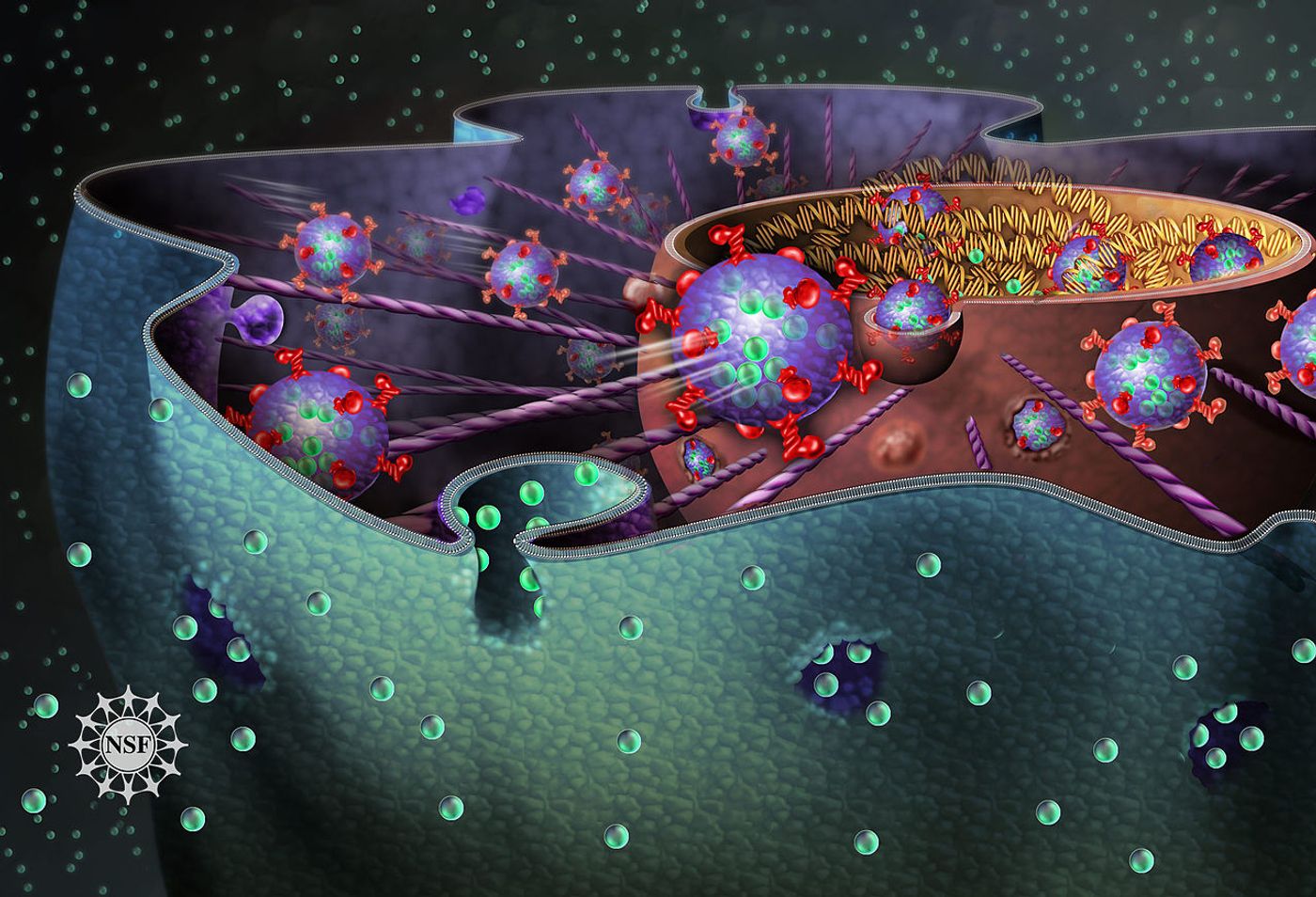Secrets of Cocaine Exposure Revealed with Subcellular Resolution
In the realm of drug use, cocaine use disorder (CUD) remains a significant challenge without approved pharmacotherapies. Behaviors like addiction are driven by lasting molecular alterations in brain cells, particularly in the nucleus accumbens (NAc), a key region associated with reward and motivation. To shed light on the underlying changes, researchers have explored gene transcription changes due to cocaine use, but what happens to the resulting proteins has been less understood.
A recent study by Mews et al. delved into this critical aspect of cellular activity using neuroproteomics. This field analyzes protein interactions and modifications under different behavioral conditions like drug use. The researchers focused on proteomic alterations within four cellular compartments—membrane, cytosol, nucleus, and chromatin—across distinct cocaine exposure conditions.
Unraveling Cellular Dynamics: Mews et al. Methods
Mews et al. utilized a mouse model to examine brain changes across various stages of cocaine exposure:
- cocaine-naive
- exposed to cocaine for the first time
- prolonged withdrawal after ten days of cocaine experience
- re-exposed to cocaine after both initial exposure and withdrawal periods.
They meticulously analyzed neuronal proteins in the NAc of mice with different cocaine exposure histories. Proteins extracted from various compartments were analyzed using the latest mass spectrometry methodology to reveal nuanced insights with sub-cellular resolution.
Key Findings: A Proteomic Perspective
The study by Mews et al. highlighted immediate and sustained proteomic modifications triggered by cocaine exposure. Interestingly, there were similar shifts in protein regulatory patterns between first-time exposure and re-exposure after withdrawal. Cocaine exposure also upregulated regulators of chromatin-bound proteins, with the potential to alter gene expression dynamics.
Withdrawal featured a distinct proteomic signature, including prolonged down-regulation of membrane proteins, suggesting enduring changes in cellular function. Notably, the study identified evidence of “dynamic protein translocation between cellular compartments in response to cocaine exposure.”
Implications for Addiction Research and Therapeutics
Understanding the dynamic changes in protein distribution and regulation due to cocaine exposure unveils insights into addiction-related disorders. These findings could inform research on synaptic plasticity, neuropeptide dynamics, signaling pathways, and epigenetic modulation related to cocaine-responsive gene expression.
Moreover, the lasting alterations in membrane proteins post-withdrawal underscore the importance of considering such changes when developing therapeutic strategies for CUD. The dataset generated by this research offers a valuable resource for designing potential therapeutic interventions aimed at mitigating the effects of drug use.
Sources: Science Signaling









